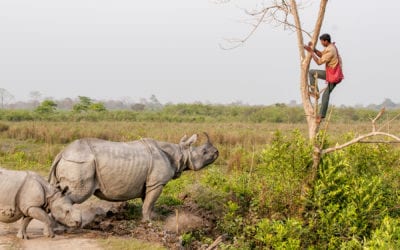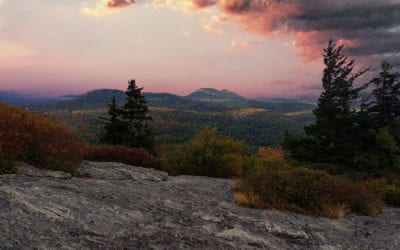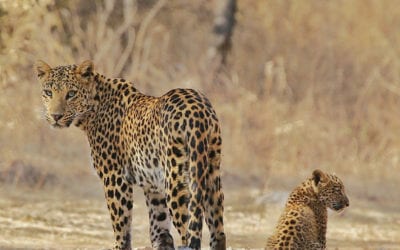Book Review
John Shultis, Book Review Editor
Wilderness Digest
August 2019 | Volume 25, Number 2
ENVIRONMENTAL ACTIVISM ON THE GROUND: SMALL GREEN AND INDIGENOUS ORGANIZING
edited by Jonathon Clapperton and Liza Piper. 2019. University of Calgary Press. 376 pp. $39.99 CAD/USD (pb).

The history of wilderness activism, like the broader history of conservation movements, has tended to focus on the impacts of the elite, “big” names such as John Muir, Aldo Leopold, etc. Moreover, it is the major successes and events that are most carefully documented in previous historical analyses. In Environmental Activism on the Ground, the editors and multiple authors focus “on the experiences of small-scale, localized environmental activists, from the late 20th century into the 21st century, to emphasize the contributions and significance of these forms of small green activism within the larger [environmental] movement as a whole” (p. 3). Particular focus is placed on the experiences of North American Indigenous peoples in the environmental and conservation movements.
As noted in the previous book reviewed in this issue (Rethinking Wilderness), one of the major criticisms of the wilderness movement has been with the relationship between wilderness conservation and Indigenous peoples. Cooperation between Indigenous peoples and wilderness activists has been frustratingly inconsistent, with examples of both successful and failed partnerships. Major stumbling blocks have always been linked tothe inherent meaning of wilderness that includes the absence of inhabitants, including aboriginal peoples, in wilderness areas and the belief that human activity destroys wilderness. As Clapperton notes, “Environmentalism depends upon colonialism because its ultimate goal is to remove permanent settlement from ‘wild’ spaces” (p. 182).
Thus, this book provides two worthwhile messages for wilderness activists and practitioners. First, it encourages researchers to not only study the major contributors and events relating to wilderness preservation; it also suggests that we consider that the environmental and wilderness movements are as much locally driven, small-scale activities pursued by ordinary citizens from a range of socioeconomic and cultural backgrounds as they are elite-driven, large-scale activities. Second, it helps assess the strained relationship between Indigenous peoples and the historical and contemporary wilderness movement by examining this relationship in a new light.
Chapter 1 of this book provides an encouraging start to this latter issue. The author uses two case studies to question the value and meaning of environmentalism from an Indigenous perspective. Willow suggests that Indigenous individuals and groups who choose to work with environmentalists do so “as strategic choices made by astute leaders seeking to retain or regain control of customary lands and thereby promote their peoples’ physical, cultural, and political survival” (p. 26). That is, while environmentalism may or may not be a shared (though largely Western) value, the main driver for Indigenous groups to engage with environmentalists is normally “to ensure the continuance of the land-based sustenance on which their survival as culturally distinct and politically autonomous peoples depends” (p. 26). While many of the other chapters provide similar conclusions, none do so with the clarity and strength of this chapter.
Given the many difficult issues between wilderness advocates and Indigenous peoples, the perspectives provided by this edited book contain several findings that wilderness activists and practitioners will find both challenging and illuminating. As the authors of this book have done, wilderness activists should react to these new perspectives with empathy and humility.
Reviewed by JOHN SHULTIS, IJW book review editor and associate professor at the University of Northern British Columbia; email: john.shultis@unbc.ca.
Read Next
WILD11 India: Nature-Based Solutions for Life, Livelihoods, and Love
We are pleased to tell you that the 11th World Wilderness Congress (WWC WILD11) will convene in Jaipur, India, in March 2020.
The Historical Meaning of “Outstanding Opportunities for Solitude or a Primitive and Unconfined Type of Recreation” in the Wilderness Act of 1964
The federal land management agencies responsible for wilderness stewardship in the United States play a critical role in fulfilling the Wilderness Act’s mandate to preserve wilderness character.
Jhalana: The Abode of the Urban Leopards
Imagine living in a crowded city of 3.1 million people and learning that amidst this human world, the huge buildings, the maddening crowd, and the deafening sounds lies a small, happy, and peaceful refuge where wild leopards rule.



